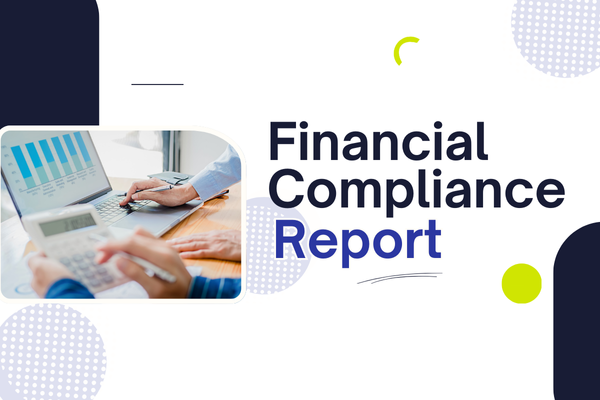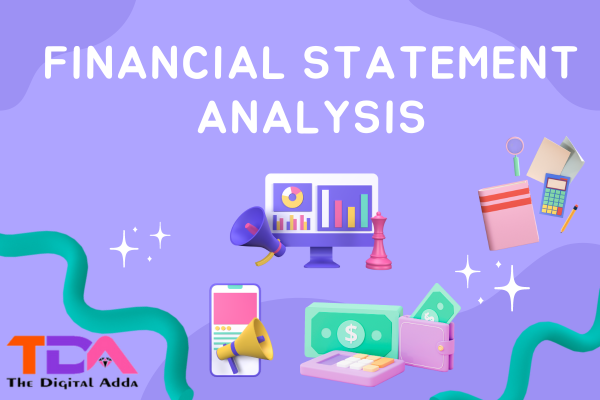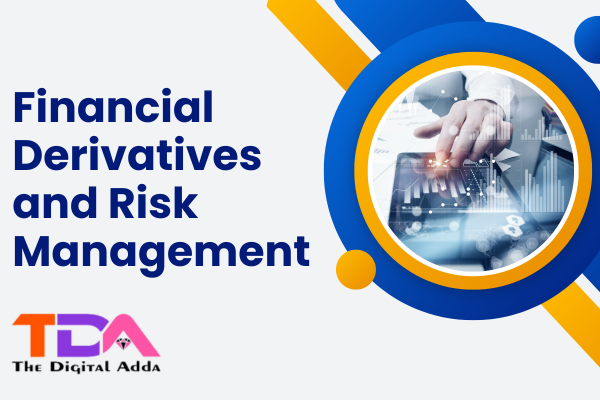Financial Modeling & Analysis Certification – The Digital Adda
Financial modeling and analysis are integral components of financial management and decision-making. They involve the creation of mathematical models and the examination of financial data to assess the current and future financial performance of a business, project, or investment. Financial modeling and analysis provide valuable insights that support strategic planning, investment decisions, budgeting, and forecasting. Here are key aspects of financial modeling and analysis:
- Financial Modeling:
- Definition: Financial modeling is the process of creating mathematical representations (models) of a company’s financial performance. These models typically involve building spreadsheets or using specialized software to simulate and forecast financial scenarios.
- Purpose: Financial models help businesses and investors make informed decisions by analyzing the potential outcomes of different financial strategies, investment opportunities, and business initiatives.
- Components: A financial model may include various components, such as income statements, balance sheets, cash flow statements, and supporting schedules. It often incorporates assumptions and variables that can be adjusted to assess different scenarios.
- Types of Financial Models:
- Valuation Models: These models are used to estimate the value of assets, companies, or investments. Common valuation models include discounted cash flow (DCF), comparable company analysis (CCA), and precedent transaction analysis.
- Forecasting Models: Forecasting models project future financial performance based on historical data and assumptions. Examples include revenue forecasting, sales forecasting, and budgeting models.
- Scenario Analysis: Scenario analysis involves creating models to evaluate various scenarios and their impact on financial outcomes. For example, assessing the financial impact of different market conditions or economic scenarios.
- Sensitivity Analysis: Sensitivity analysis measures how changes in specific variables or assumptions affect financial outcomes. It helps identify the most critical drivers of financial performance.
- Merger and Acquisition (M&A) Models: M&A models are used to evaluate the financial feasibility of mergers, acquisitions, or divestitures. They assess the potential synergies and financial implications of such transactions.
- Data Analysis:
- Financial analysts gather and analyze financial data, which can include income statements, balance sheets, cash flow statements, historical financial records, market data, and economic indicators.
- Tools like Microsoft Excel, financial software, and programming languages like Python and R are commonly used for data analysis and modeling.
- Assumptions and Scenarios:
- Financial models rely on assumptions about future events, market conditions, interest rates, growth rates, and more. Analysts must carefully consider these assumptions and test different scenarios to assess their impact on outcomes.
- Risk Assessment:
- Financial analysts assess and quantify various risks, including market risk, credit risk, operational risk, and liquidity risk. Risk analysis helps in making informed decisions and implementing risk mitigation strategies.
- Interpretation and Reporting:
- The results of financial modeling and analysis are interpreted and presented in reports and presentations. These reports help stakeholders understand the implications of various financial strategies and scenarios.
- Decision-Making:
- Financial modeling and analysis support a wide range of decisions, including investment decisions, capital allocation, financial planning, and strategic planning. They are essential for evaluating the financial feasibility and profitability of projects and initiatives.
- Continuous Monitoring:
- Financial models are often updated and adapted to reflect changing circumstances and new information. Continuous monitoring ensures that financial decisions remain aligned with current conditions.
Financial modeling and analysis are crucial tools for businesses, investors, financial institutions, and governments. They provide a systematic and data-driven approach to assess financial performance, manage risks, and make well-informed decisions in a dynamic and uncertain financial environment.











